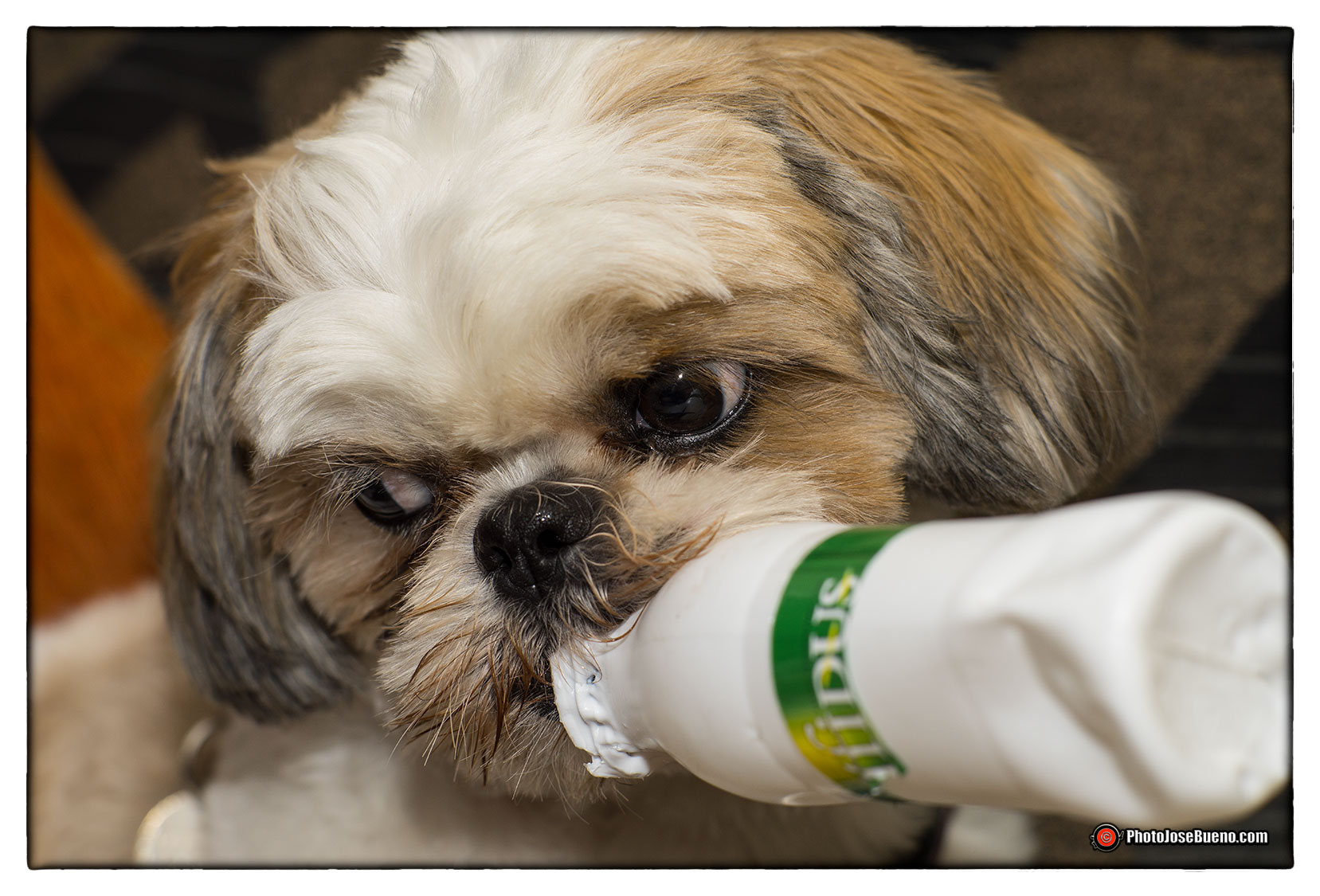
Sony A7R – Leica R Summicron 90mm – Flash Nikon SB900 – Metabones – F:2.8 – 1/60s – ISO 200
Se que este titular puede llevar a error a más de uno pero tranquilos que esa reunión de momento no existe aunque si se pueden dar días muy románticos si juntamos a estas marcas.
Me explico, hace tiempo que había coincidido con un amigo que llevaba en su Nikon F3 un objetivo Leica Summicron de 50mm de focal. Pues bien, a la vista esa combinación de equipo era “preciosa”, que conste que lo pongo entrecomillado pues seguro que más de uno pensará que esa forma de ver un equipo de fotografía como precioso cuando menos es friki pero no me importa pues reconozco sin complejos que me encantan las cámaras que usan carrete y tengo idealizadas algunas marcas que en algún momento no me pude permitir.
Pero prosigamos, en concreto esa combinación de un cuerpo Nikon F3, y una óptica Leica R provocó en mi mente un auténtico subidón recordando mi Nikon F3 HP y le pregunté a mi amigo como había conseguido hacer esa combinación pues como todos sabemos, cada fabricante tiene su propia bayoneta para sus equipos.
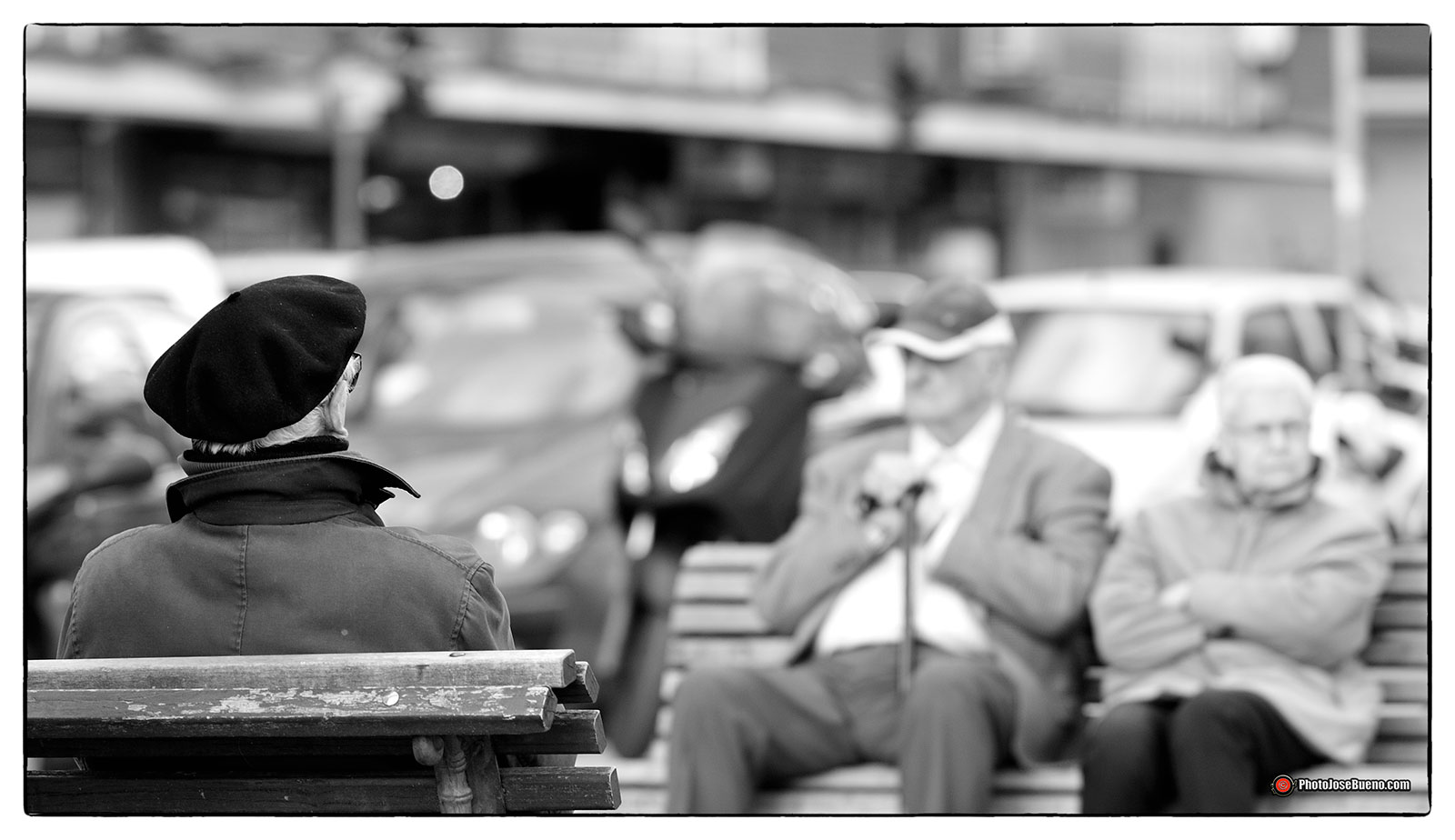
Nikon D4 – Leica R Elmarit 180mm. – f:2.8 – 1/500 – ISO 400
Me habló que era tan sencillo como cambiar una parte de la bayoneta, quitando unas piezas del objetivo Leica R y sustituyéndolo por otro. Sinceramente en esos momentos no me pareció que esa transformación resultase tan fácil de realizar. Al poco tiempo veo que otro amigo vendía un teleobjetivo Elmarit 180 mm. Por cierto esa focal con esa apertura la tuve de la marca Nikon y además con AF, que desgraciadamente tuve que vender y muchísimas veces me he arrepentido de ello pero cuando ves que en varios viajes son otros los elegidos la decisión que no se puede tener todo creo que es correcta.
Quizás un poco por nostalgia hacia ese 180mm. Nikkor que utilizaba poco pero que me dio grandes resultados y sobre todo las ganas de probar una óptica Leica R en mis cámaras Nikon, tanto analógicas como digitales.
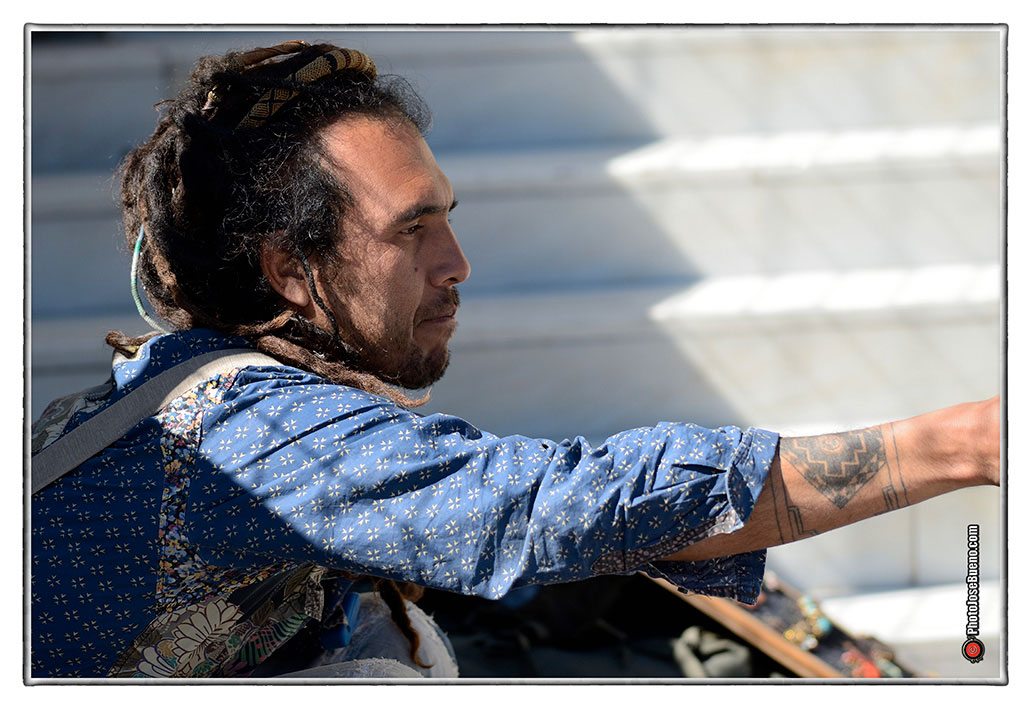
Nikon D4 – Leica R Elmarit 180mm. – f:2.8 – 1/1000s ISO 200
Pues al lío, compré el Leica Elmarit R 180mm. f:2.8 y me puse en contacto con David de Leitax, un empresario muy amable que comercializa entre otros, bayonetas para adaptar objetivos a otras marcas para los que fueron fabricados.
Ya con el adaptador y siguiendo las instrucciones que tiene Leitax en su página web no me resultó tan complicado hacer el cambio, eso si con mucha calma y paciencia.
En cuanto pude puse el objetivo en la Nikon D700 pues aunque no debía tener problemas, si pasaba algo dentro de lo malo era mejor solución que se atascase en la Nikon D4.
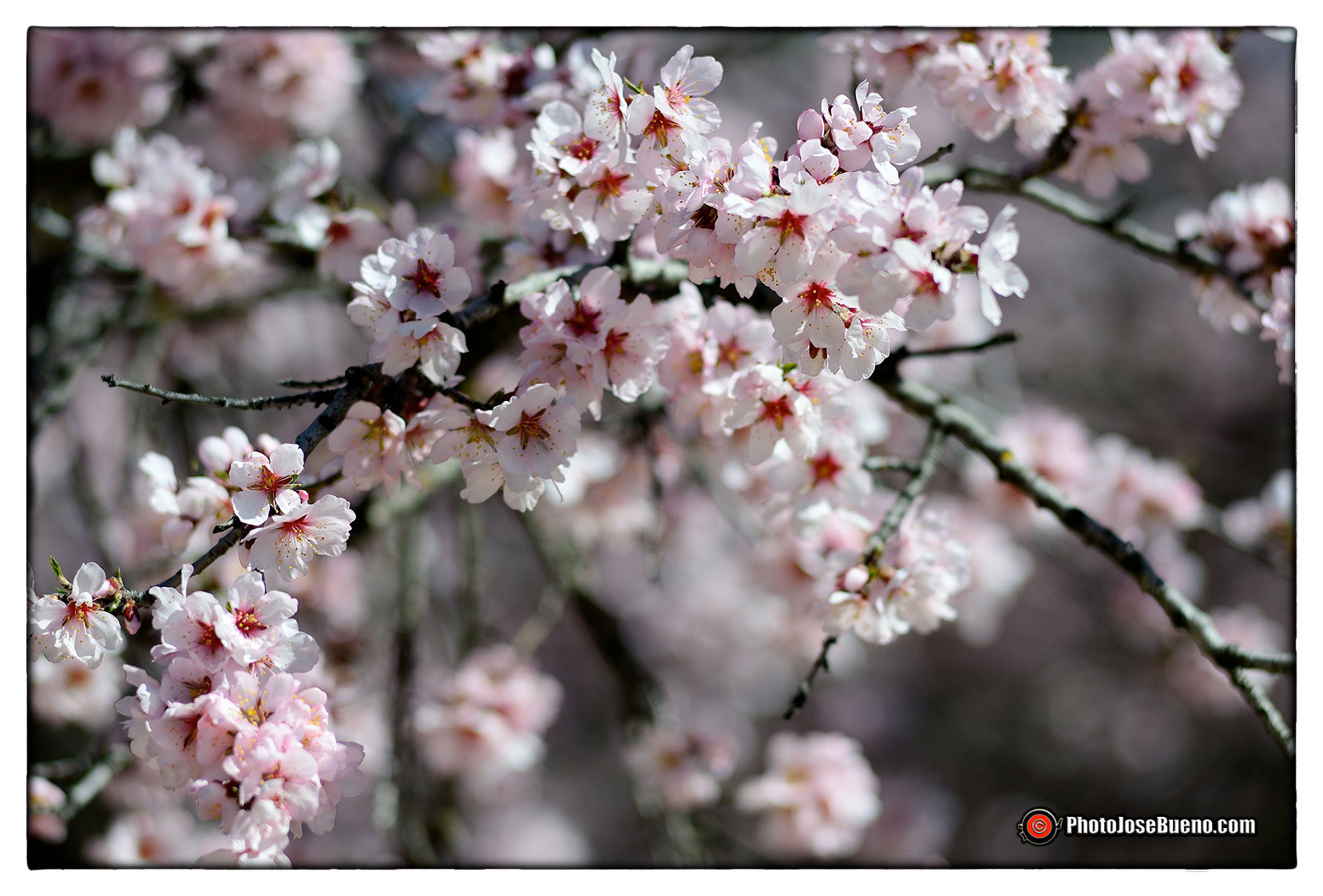
Recuerdo que las primeras sensaciones fueron más que agradables. El objetivo se ajustaba a la cámara con la misma precisión que las ópticas originales. Es cierto que el Leica Elmarit R 180mm. es muy pesado y es por eso que viene con el sistema para sujetarlo a un trípode o monopié. El enfoque es manual y además cuando cierras diafragmas cuesta enfocar y deja de funcionar hasta la confirmación de enfoque pero quién se compra un f:2,8 para trabajar a f:16, bueno esto es una pequeña broma pero es cierto que el potencial de esta óptica esta en aperturas grandes.
Evidentemente solo debes trabajar en los modos (A) apertura o (M) manual pues los modos (S) velocidad o (P) automático los cuerpos no son capaces de manejar el diafragma. En mi caso casi siempre suelo trabajar en apertura y en estudio en manual. Tan solo suelo utilizar velocidad para hacer barridos o algo especial. Si quieres hacer barridos y necesitas una velocidad de por ejemplo 1/125s, siempre puedes poner un diafragma que le venga bien a la luz y velocidad de ese momento y para afinar en la exposición poner el ISO en automático.
Para terminar con lo negativo tampoco se graba en los datos exif el diafragma que utilizaste, eso si, el resto de datos si que se quedan grabados.
Con todo lo comentado alguna ventaja tendremos pues si no vaya tontería hacer esa adaptación por nostalgia o estética. Efectivamente esas desventajas se olvidan cuando pasas las imágenes a un ordenador y ves los resultados. Su calidad a f:2.8 y su color me gusta mucho más que el Nikkor f2.8. Es un objetivo que cada vez que lo utilizo disfruto muchísimo aunque sufra en el enfoque, especialmente con protagonistas que se mueven como un coche o un perrito.
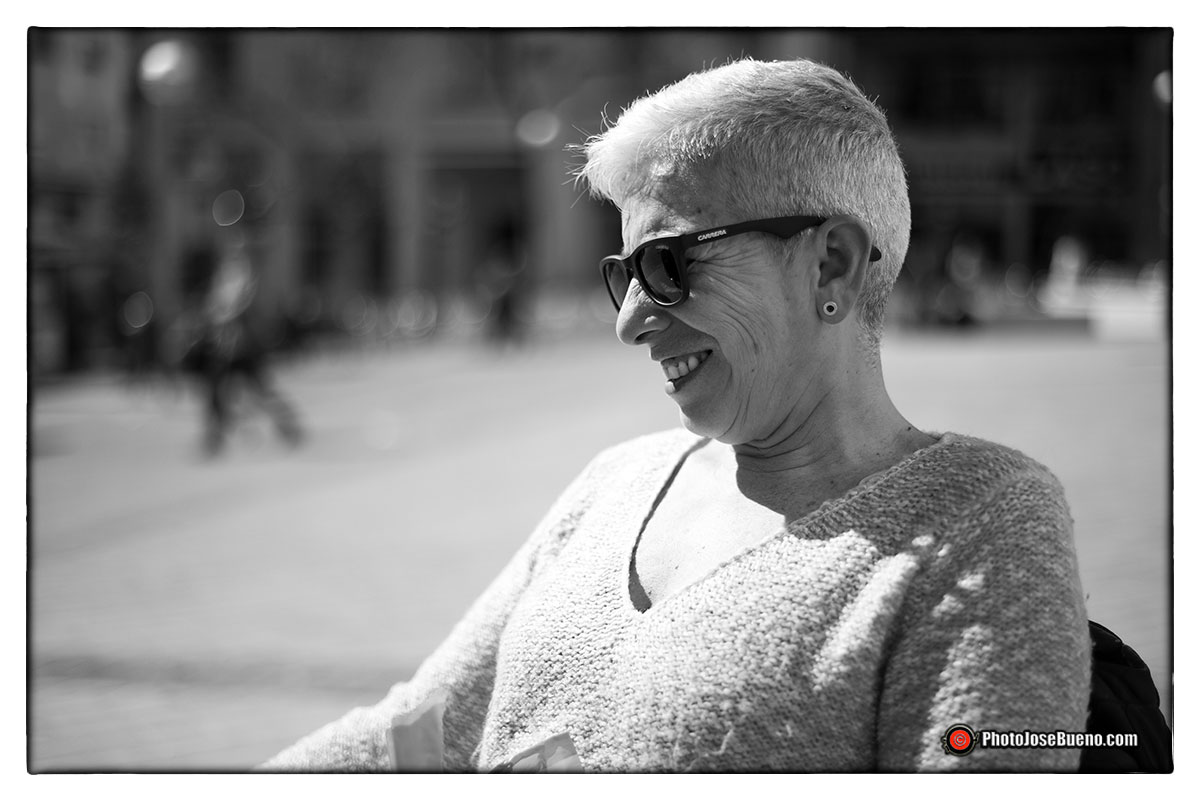
Sony A7R – Leica R Summicron 90mm. – Metabones – f:2.8 – 1/400s – ISO 100
Después del éxito obtenido, mi siguiente compra fue el Leica Summicron R 90mm f:2.0. Un objetivo que siempre me tuvo enamorado y que estoy disfrutando cada vez que lo utilizo. Es un Tele muy discreto que en la Nikon D4 funciona de maravilla. Por supuesto que salvo el peso, tiene las mismas ventajas e inconvenientes que el Leica Elmarit 180mm.
Por el mismo precio, bueno un poco más ya que tuve que comprar el adaptador, esas ópticas y el resto de Nikkor, las puedo utilizar en la Sony A7R. Por varios motivos, me decidí a comprar el adaptador Metabones modelo Nikon G to Emount que permite utilizar los cásicos Nikkor Ais, así como los modernos Nikkor G ya que trae un sistema para poder manejar la apertura de diafragmas en éstos últimos. Su calidad es excelente ya que ajusta a la perfección tanto en ópticas como en el cuerpo Sony. Además tiene un detalle que deberían copiar otras marcas de prestigio y es que cuenta con una rosca para poder conectar el trípode o monopié y así evitar tensiones en la bayoneta del cuerpo de la cámara.

Sony A7R – Leica Elmarit 180mm. – Metabones – f:2.8 – 1/1000/s – ISO 100
Con la Sony A7R las ópticas Leica R que tengo funcionan a la perfección y rinden de maravilla a los exigentes 36Mb del sensor de esta cámara. Los pros y contras son los mismos que en Nikon aunque el enfoque me resulta más sencillo con el sistema Phocus Peaking.
Otra ventaja importante de ambas ópticas Leica es que se pueden utilizar tanto en cuerpor Nikon como Sony A7R con duplicadores Nikkor TC antiguos como modernos cosa que al menos éstos últimos no es posible en muchas ópticas Nikkor. También podemos utilizar los fuelles para macrofotografía o los anillos de extensión. Vamos que es un chollo.
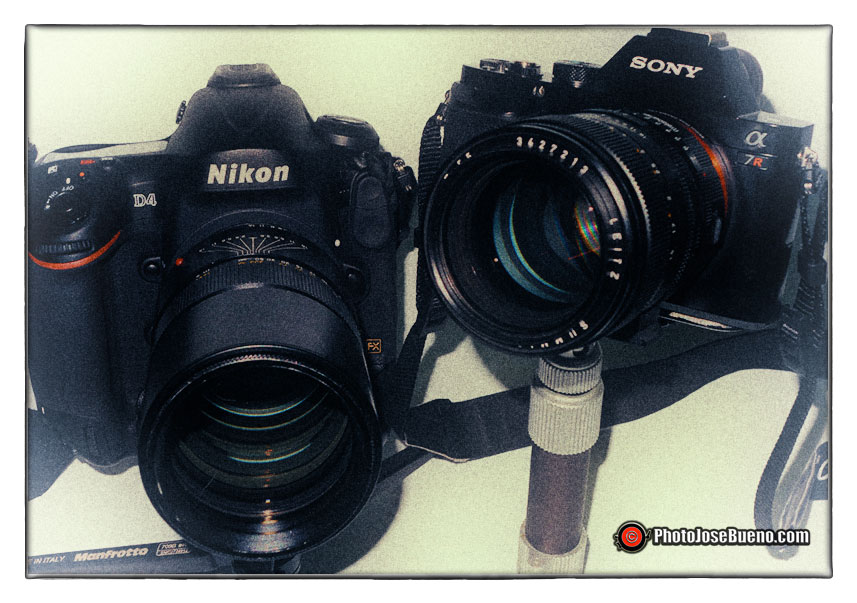
Después de contar mi experiencia con este trío de marcas, si alguien me preguntase si merece la pena, mi respuesta es que depende mucho del tipo de fotografía que se vaya a realizar pero si es de acción prefiero las ópticas autofoco pero si es para algo más tranquilo, y con una calidad y color excepcional, no lo dudes, además estás ópticas están a precios más que asequibles.
Por cierto ambos objetivos Leica son como algún amig@, que gana mucho en las distancias cortas. Los resultados que se obtienen tanto en color como en blanco y negro independientemente del cuerpo que utilices te sorprenderán pues en mi opinión es de lo mejor que he probado.
.
We rode a trio? … Nikon, Leica and Sony
I know this headline is misleading to more than one but assured that the meeting time does not exist but if they can give very romantic days together if these brands.
I mean, I have long had met a friend who had in his Nikon F3 objective Leica Summicron 50mm focal. Well, given that combination of equipment was «precious», stating that I put quotation marks for sure more than one will think that this way of seeing photography as a team at least is beautiful geek but I do not care because I recognize without complex that I love cameras using idealized reel and have some brands that at some point I could not afford.
But proceed, namely the combination of a Nikon F3 body and an optical Leica R sparked in my mind a real rush remembering my Nikon F3 HP and I asked my friend how she got to do that combination because as we all know, each manufacturer has his own bayonet for their teams.
He told me it was as simple as changing a part of the bayonet, removing some pieces Leica R lens and replacing it with another. Honestly at the time I did not think it proves that transformation so easy to make. Soon I see that another friend was selling a 180 mm telephoto Elmarit. Incidentally this focal with that opening the I-Nikon and also with AF, which unfortunately I had to sell and many times I have regretted it but when you see that in several trips are other elected the decision can not have everything I think that is correct.
Maybe a little nostalgia for the 180mm. Nikkor utilizing bit but it gave me great results and especially looking forward to trying an optical Leica R on my Nikon cameras, both analog and digital.
Well the mess, I bought the Leica Elmarit R 180mm. f: 2.8 and I got in touch with David Leitax, very friendly businessman who sells among other objectives bayonets to adapt other brands for which they were manufactured.
Unlike with the adapter and follow the instructions that have Leitax on your website was so difficult to make the change, so if calmly and patiently.
As I could put the lens on the Nikon D700 for though should not have problems if something was wrong within best solution was to jam on the Nikon D4.
I remember the first sensations were more than welcome. The objective fitted the camera with the same precision as the original optics. True, the Leica Elmarit R 180mm. is very heavy and that’s why it comes with the system to attach it to a tripod or monopod. The focus is manual and also when you close diaphragms cost focus and stops working until the focus confirmation but who buys af 2.8 to work af: 16, well this is a little joke but it is true that the potential of this this large optical apertures.
Obviously you should only work in modes (A) open or (M) Manual modes for (S) or speed (P) Automatic bodies are not able to handle the diaphragm. In my case I usually almost always work in opening and study manual. I usually just use speed to sweep or something special. If you want to do and you need a sweep speed of 1/125s for example, you can always put a diaphragm that comes to light and good speed and then to refine the exposure automatically set the ISO.
To end the negative also not recorded in the exif data that you used the diaphragm, that if the rest of the data if they are recorded.
With everything commented some advantage because if we are not going to make that adaptation nonsense nostalgia or aesthetics. Indeed these disadvantages forget when you pass the images to a computer and see the results. Your af quality: 2.8 and a color I like much more than the Nikkor f2.8. It is a goal that every time I use to enjoy very much but suffered focus, especially with characters that move like a car or a dog.
After the success of my next purchase was the Leica Summicron R 90mm f: 2.0. A goal that I always had love and I’m enjoying every time I use it. It is a very discreet Tele that the Nikon D4 works great. Of course except the weight, I have the same advantages and disadvantages that the Leica Elmarit 180mm.
For the same price, well a bit more as I had to buy the adapter, these optical Nikkor and the rest of the can be used in Sony A7R. For various reasons, I decided to buy the Nikon model Metabones G adapter that allows to use Emount cásicos Nikkor Ais and modern Nikkor G because it brings a system to manage the opening of diaphragms in the latter. Their quality is great as it fits perfectly in both optical and body Sony. It also has a detail that should be copied and other prestige brands is that it has a thread to connect the tripod or monopod to avoid tensions bayonet camera body.
With Sony A7R optical Leica R that I have work perfectly and perform great to 36Mb demanding sensor of this camera. The pros and cons are the same as in Nikon although the approach would make it easier to Phocus Peaking system.
Another important advantage of both optical Leica is that you can use both Nikon and Sony cuerpor A7R with old Nikkor TC duplicators and modern thing that at least the latter is not possible in many optical Nikkor. We may also use the Macro bellows or extension rings. Let that’s a bargain.
After telling my experience with this trio of brands, if someone asked me if it’s worth, my answer is that it depends on the type of photography that will perform the action but if prefer optical autofocus but if it’s for something else quiet, and with exceptional quality and color, do not hesitate, you also optics are more than affordable prices.
Incidentally both goals are as a Leica friends, winning much at short distances. The results obtained in both color and black and white regardless of the body you use will surprise you because in my opinion is the best I’ve had.